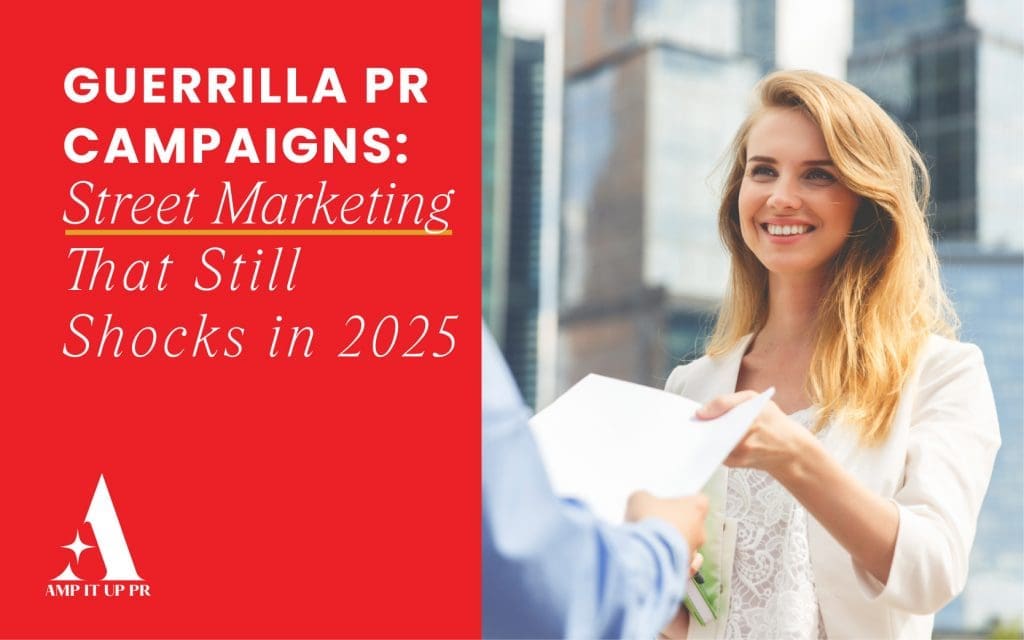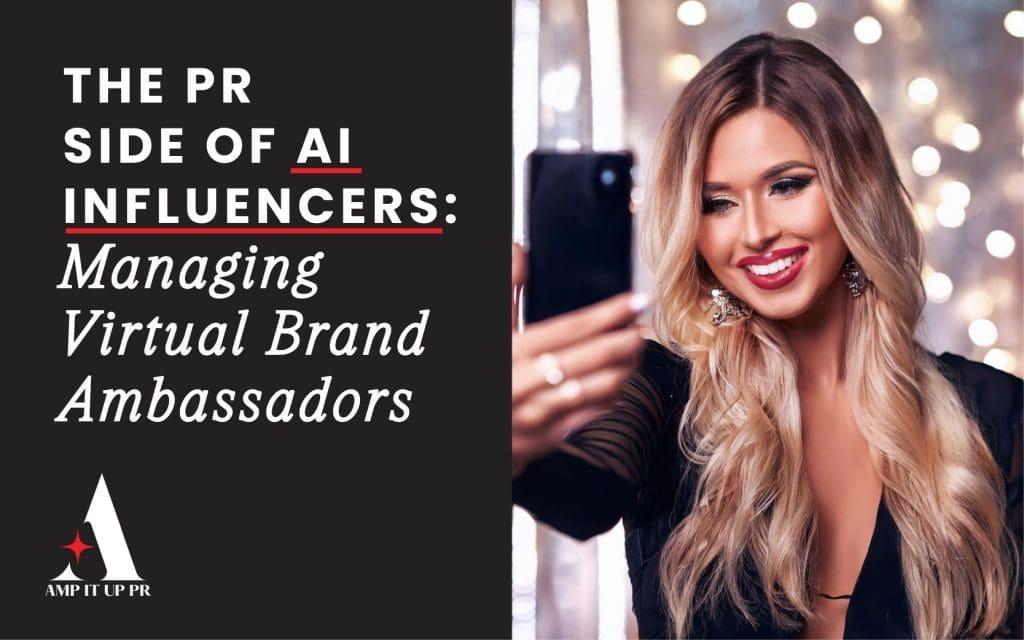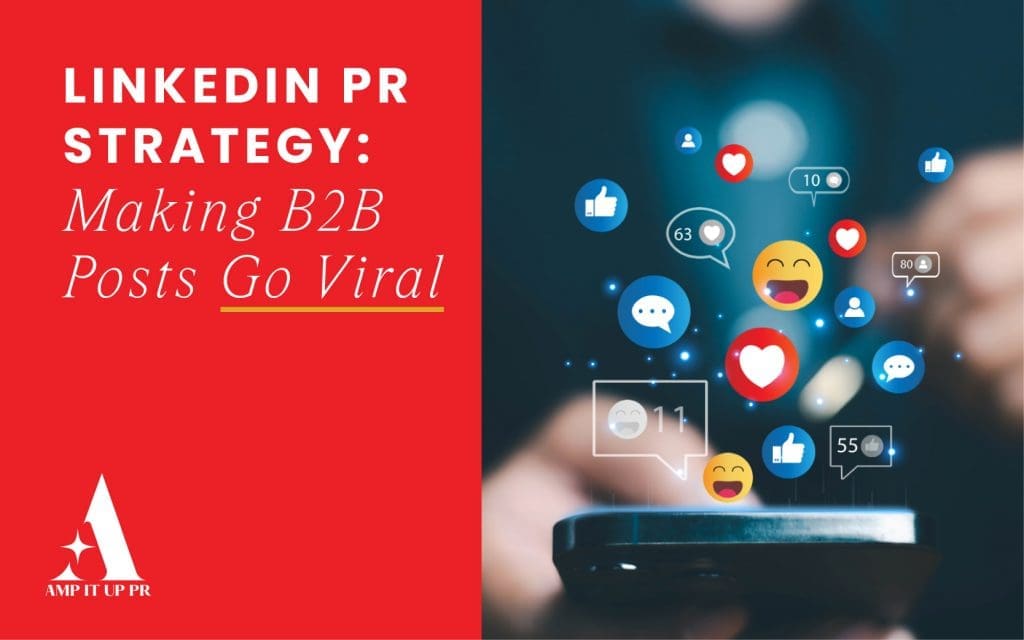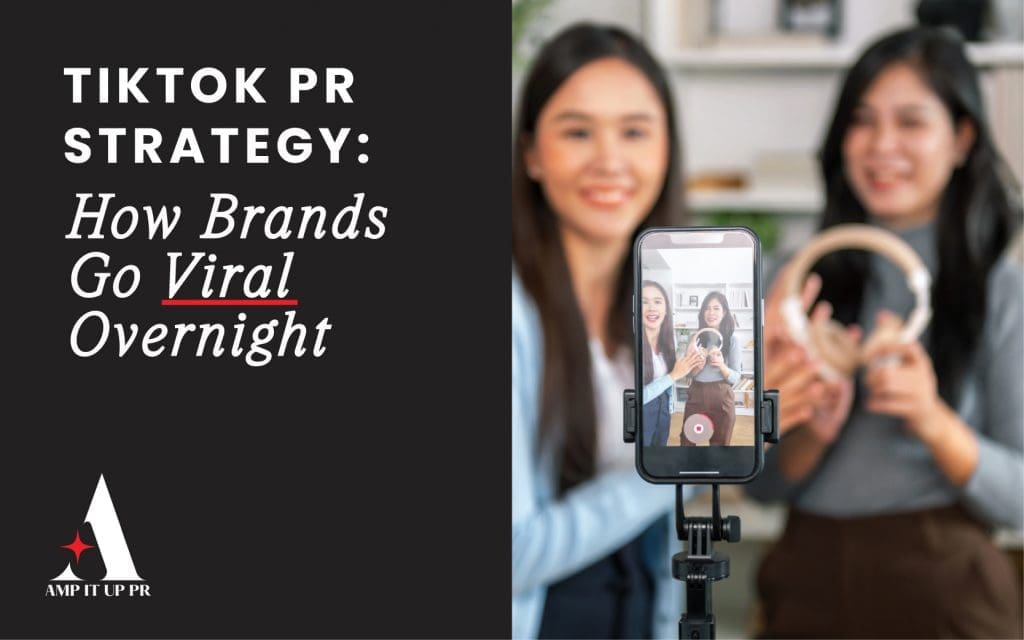Every founder dreams of seeing their brand in Forbes, Inc., Entrepreneur, or Fast Company—but very few know the exact steps required to get there. Media coverage isn’t just about bragging rights. It builds credibility, attracts investors, improves SEO through high-authority backlinks, and opens doors to partnerships that advertising alone can’t buy.
The challenge? Editors and journalists are flooded with hundreds of pitches daily. Without a clear strategy, even the most exciting business story gets lost. That’s why knowing how to get media coverage in top publications is a game-changer for any brand serious about growth. At AMP IT UP PR, we’ve helped startups, executives, and global brands secure press features by mastering the art of storytelling and relationship building.
What Journalists Look For in a Pitch
If you’re asking yourself how to get media coverage when the competition is fierce, the answer starts with relevance. Journalists care less about your product and more about how your story connects to a current trend, cultural shift, or problem worth solving.
Instead of pitching “our company launched an app,” frame it as: “This app solves the $10B wasted annually in missed appointments.” Numbers, impact, and timeliness matter. Reporters also look for:
-
Credibility: Proof points like client results, revenue growth, or expert credentials.
-
Originality: A unique angle that hasn’t been covered repeatedly.
-
Authority: Insights from founders, executives, or specialists—not generic statements.
One of the most common questions brands ask is: Do I need a big budget to get press? The truth is, you don’t. Journalists don’t care about your ad spend—they care about whether you can offer them a story their audience will read and share.
Build Your Media List the Right Way
Another overlooked step in learning how to get media coverage is creating the right media list. Sending pitches blindly to generic emails rarely works. Instead, research reporters who actually cover your industry.
For example, if you’re a fintech start-up, target journalists writing about financial technology trends, not lifestyle reporters. LinkedIn, Twitter (X), and databases like Muck Rack or Cision make this process easier, but even a simple Google News search can reveal who’s covering similar companies.
The more tailored your media list, the higher your chances of securing replies. This isn’t about quantity; it’s about alignment. A personalized email to ten relevant journalists beats a mass blast to 200 inboxes.
Crafting the Perfect Subject Line and Hook
Even the best pitch fails if the subject line doesn’t grab attention. Think of it as your first impression—the journalist decides in seconds whether to click or delete.
Instead of “New app launch,” try: “Start-up aims to save healthcare $2B annually with scheduling breakthrough.” Notice how numbers, urgency, and real-world impact create curiosity.
Your opening hook should continue the momentum. Avoid generic introductions and lead with the most compelling fact, statistic, or human story you have. The clearer the value, the higher your odds of securing coverage.
Follow-Ups Without Being Annoying
A common FAQ is: How many times should I follow up with a journalist? The answer is balance. Follow up once within a week if you hear nothing, and a second time a week later. If there’s still silence, move on respectfully.
Being persistent is good; being spammy can damage your chances long-term. Remember, journalists talk to each other. A reputation for thoughtful follow-ups keeps doors open, while pushiness shuts them quickly.
Pro tip: use follow-ups to add value. Instead of “just checking in,” share a new piece of data, a quote, or a visual asset that strengthens your pitch.
Real Pitch Examples That Landed Coverage
Theory only goes so far. Here’s a quick glimpse into what works:
-
The Data-Driven Pitch: A client in e-commerce landed Forbes coverage by framing their brand around a larger trend: “The $50B online returns problem—and one startup’s AI-powered solution.”
-
The Human Story Pitch: A founder who overcame personal challenges to build a successful health-tech company secured national TV coverage by emphasizing resilience, not just technology.
Notice that both examples go beyond “here’s our company” and connect to broader narratives that matter to readers. That’s the heart of how to get media coverage consistently.
How AMP IT UP PR Gets You Published
At AMP IT UP PR, we specialize in turning brand stories into media headlines. Our team researches your unique positioning, identifies the right publications, and crafts compelling pitches that journalists actually want to cover.
We don’t stop at press features. We also guide clients on how to maximize coverage once it’s live—sharing across social channels, repurposing into blogs, and leveraging credibility in sales decks. That’s how a single article in Forbes can fuel months of brand growth.
Conclusion: Time to Get Your Story Heard
Earning coverage in top-tier media isn’t about luck—it’s about strategy, timing, and storytelling. By understanding what journalists value, building targeted media lists, and perfecting your pitch, your brand can cut through the noise.
At AMP IT UP PR, we’ve made this process repeatable for clients across industries, helping them land spots in Forbes, Inc., Entrepreneur, and beyond. If you’re ready to secure your place in the headlines, now is the time to act.
Ready to see How to Get Your Brand Featured in Top Media Outlets? Checkout our services, Get a Quote page, learn about our team on Our Team page, or Book a Consultation with us to explore how we can elevate your brand.










